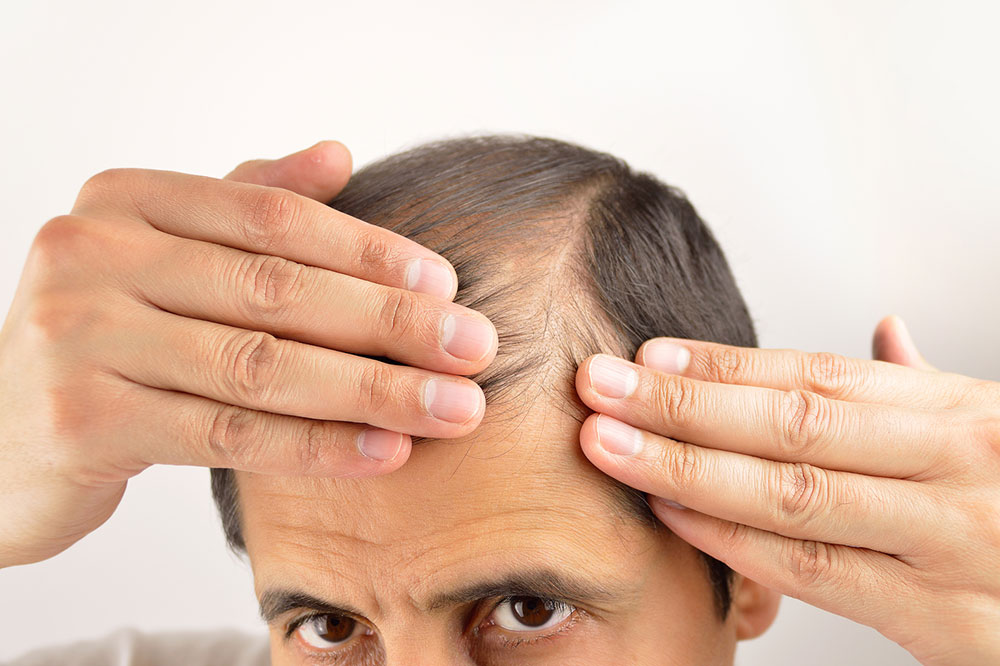
4 common myths about diabetes debunked
When the glucose levels in the body are high and insulin levels are not proportionate enough to convert this glucose into energy, the risk of diabetes increases. It is basically the inability of the body to convert food into energy using insulin. The glucose is broken down into energy for cells to absorb and when this conversion doesn’t take place, blood sugar levels rise. If left unchecked, it can lead to a number of complications. However, there are certain myths about diabetes that can create confusion among the masses. Here is what you must know and understand about the condition. Myth 1: Type 1 and type 2 diabetes are the same. The fact of the matter is that both type 1 and 2 are linked to insulin deficiency that causes diabetes. In type 1 diabetes, the body is unable to produce any insulin, and people suffering from this condition must rely on regular doses of insulin to supplement these requirements. Type 1 diabetes is also an autoimmune disorder that is mostly diagnosed in children. In type 2 diabetes, the body still manages to produce insulin but the cells are unable to absorb the compound necessary for converting food into energy. Depending on the severity of the condition, people suffering from type 2 diabetes may or may not need insulin shots. Myth 2: Insulin dependence Nothing can be further from the truth that insulin is a lifesaving medication and absolutely necessary for people suffering from severe diabetes. The body cannot convert food into energy without insulin. How the supply is replenished does not matter as there is a need for the deficiency to be managed better. People with type 2 diabetes can still manage a healthy lifestyle and reduce their dependence on insulin to a great extent. However, it is a mandatory medication for those who have type 1 diabetes.
Read More 








